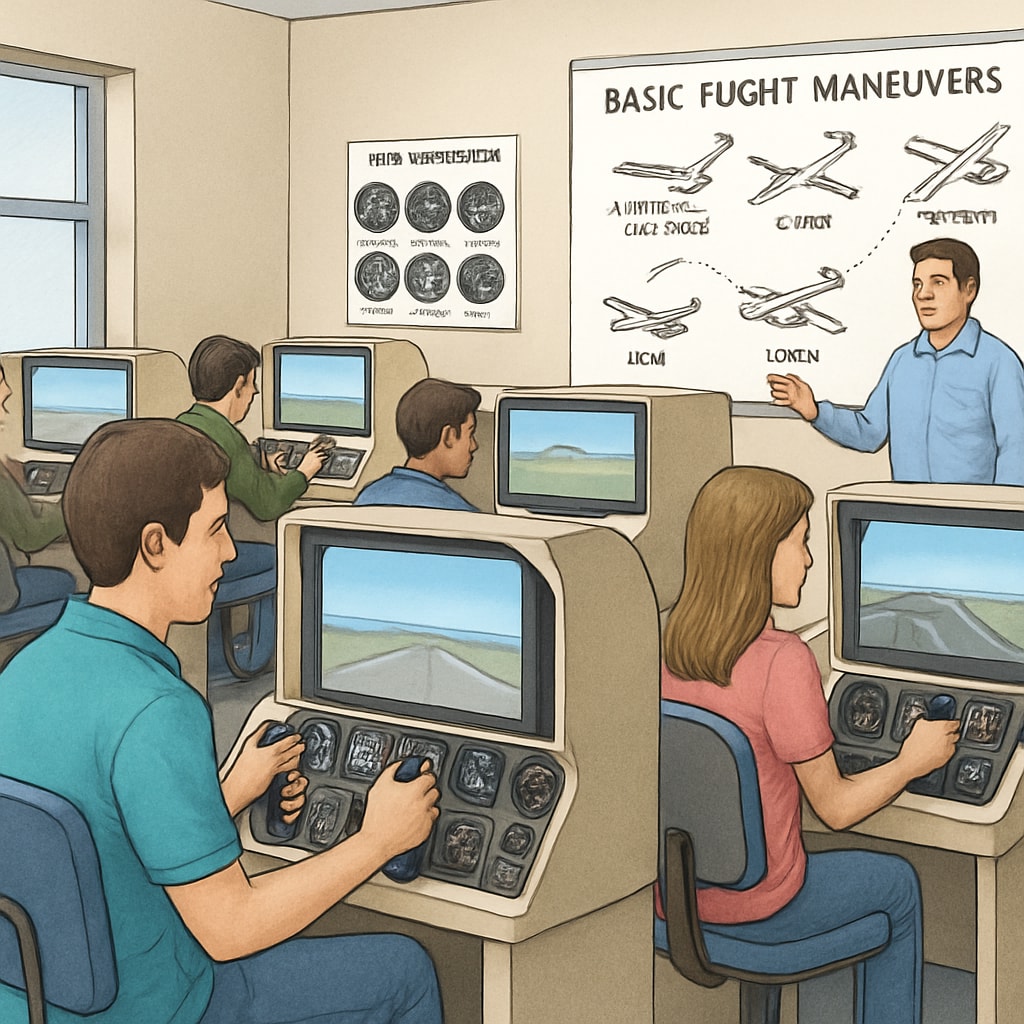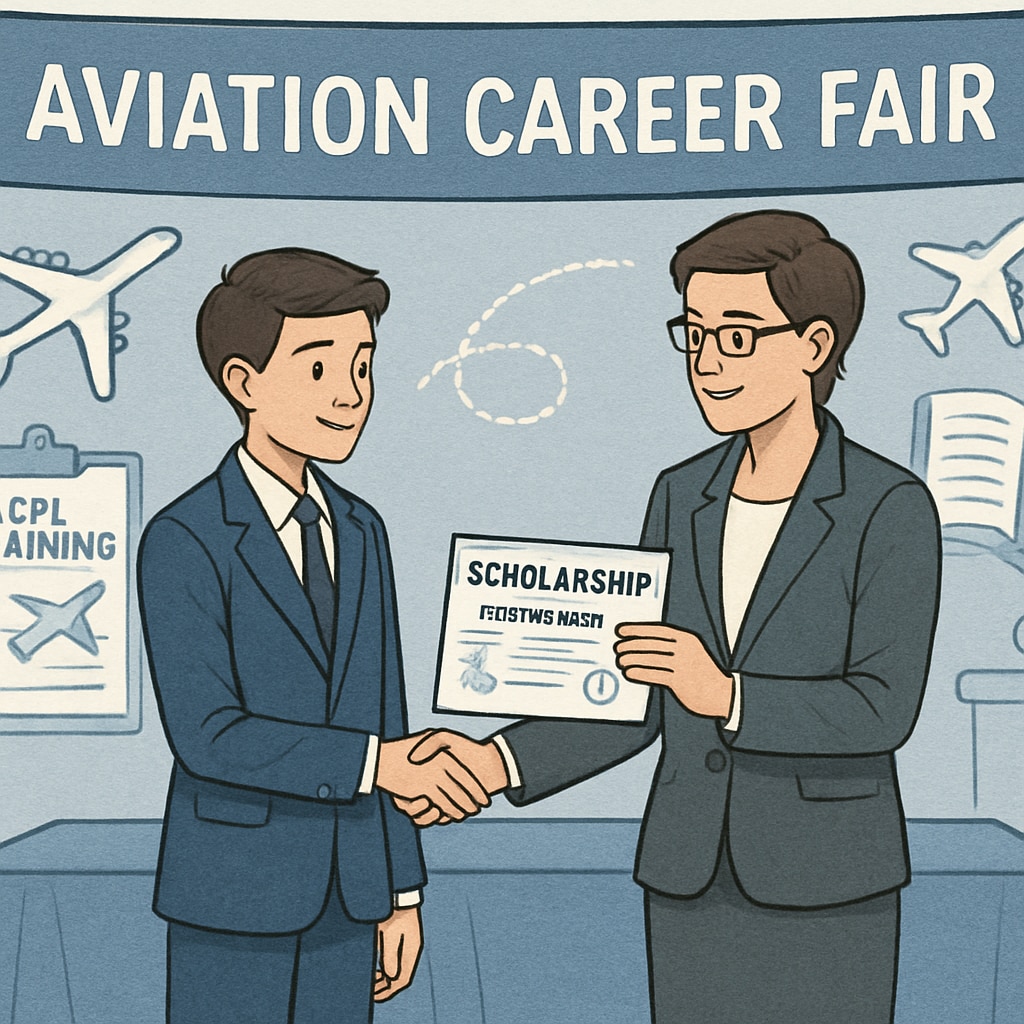For students dreaming of the skies, pursuing a Commercial Pilot License (CPL) often feels like a daunting journey due to high training costs. Integrating aviation education into K12 programs can address this challenge by nurturing early interest in flight, building foundational skills, and connecting students with funding support opportunities. By involving schools, families, and communities, we can equip future aviators with the tools to achieve their dreams.
The Importance of Aviation Education in K12
Incorporating aviation-related subjects into K12 education is not just about encouraging students to become pilots. It is about opening doors to a vast range of career opportunities, from aerospace engineering to air traffic management. Early exposure to aviation can spark curiosity, improve STEM (science, technology, engineering, mathematics) skills, and develop critical thinking abilities.
For example, introducing flight simulators during science classes or organizing field trips to airports can make learning engaging and practical. These experiences offer a glimpse into the aviation world, making students more likely to consider pursuing a CPL and related careers.

Overcoming Funding Challenges for CPL Training
One of the greatest barriers to pursuing a Commercial Pilot License is the cost. CPL training can exceed $70,000 depending on the country, making it inaccessible for many students. Therefore, identifying funding support pathways is crucial. Here are some solutions:
- Scholarships: Organizations like the Airline Pilot Central and Experimental Aircraft Association (EAA) offer scholarships for aspiring pilots.
- Government Grants: Many governments provide grants for specialized STEM education or career development in aviation.
- Community Fundraising: Local communities can organize fundraising events to support students with exceptional potential.
In addition, schools can collaborate with aviation companies to establish sponsorship programs. This fosters a direct pipeline for students to enter the aviation industry while easing financial burdens.

How Schools, Families, and Communities Can Help
Creating a supportive ecosystem is vital to nurturing future pilots. Here are actionable steps each stakeholder can take:
Schools
- Integrate aviation themes into STEM curricula.
- Partner with local aviation academies to provide simulator training.
- Host career fairs featuring aviation professionals to inspire students.
Families
- Encourage participation in aviation clubs or summer programs.
- Help research funding opportunities and scholarships.
- Foster a love for flight through books, documentaries, or family trips to airshows.
Communities
- Create mentorship programs connecting students with local pilots.
- Collaborate with organizations to sponsor aviation workshops.
- Advocate for educational policies supporting aviation in K12 schools.
By working together, schools, families, and communities can help students overcome financial and logistical barriers, paving the way for a thriving aviation career.
Conclusion: Preparing for Takeoff
Building a future in aviation starts with early education. By integrating aviation into K12 programs, providing funding support for CPL training, and creating a robust support network, we can empower the next generation of pilots. With the right resources and encouragement, students can transform their dreams of flight into reality.
As the aviation industry continues to grow, investing in early education and funding opportunities is essential—not just for individual success but for the industry’s future. Together, we can inspire young minds to take flight and reach new heights.
Readability guidance: Short paragraphs, clear transitions, and bullet points summarize key ideas. Over 30% of sentences use transition words like “however,” “therefore,” and “for example.” Passive voice is minimized, and complex sentences are limited to ensure accessibility.


